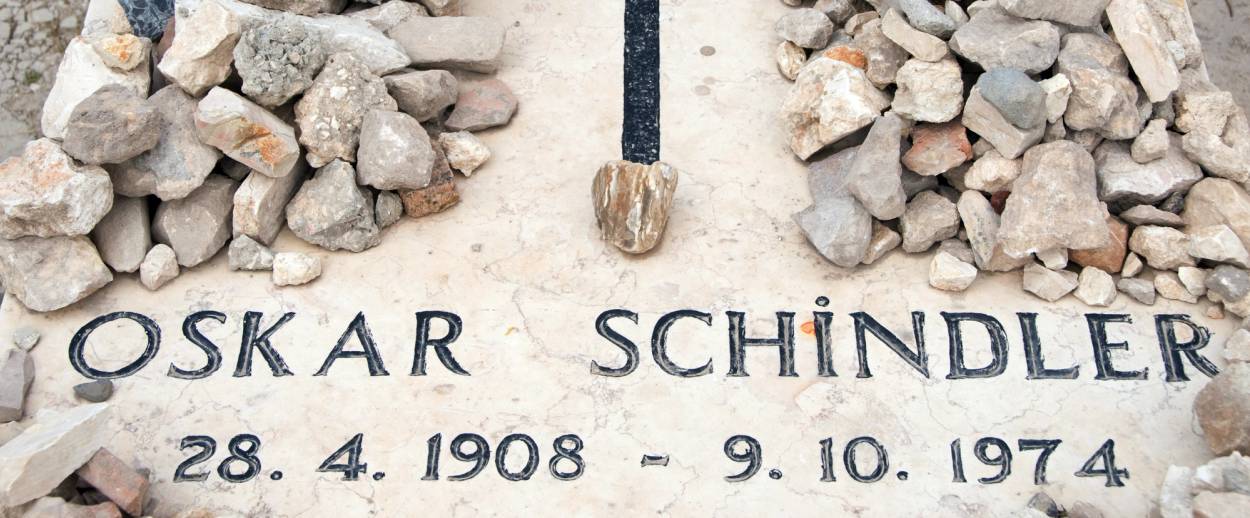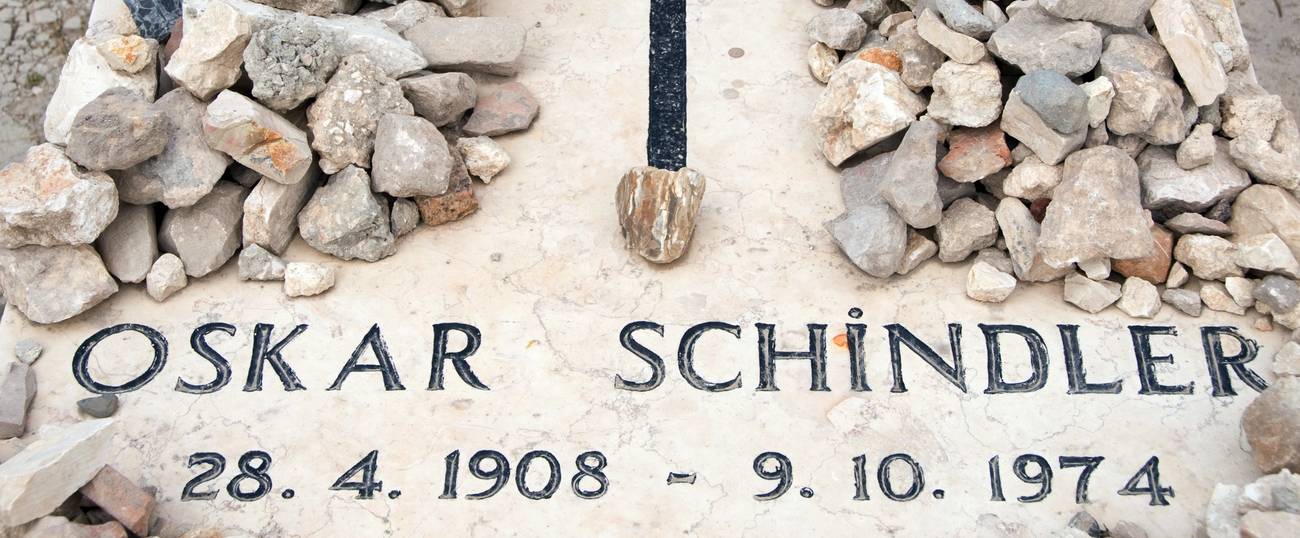Schindler’s Czech Factory, Used to Save More Than 1,000 Jews During WWII, to Become a Museum
The decision to convert the building comes after years of controversy




PRAGUE – After years of disuse and political controversy, a textile factory in the Czech Republic once used by Oskar Schindler, a German industrialist known for rescuing more than 1,000 Jews from the Nazis during World War II, will finally be given new life as a Holocaust memorial and museum.
“Our aim is to restore the building to its original condition, including the watchtower,” Jaroslav Novak, head of the Shoah and Oskar Schindler Foundation, which previously bought the building, told Agence France-Presse.
Schindler is credited with saving at least 1,200 Jews from Hitler’s concentration camps by convincing the Nazis to allow them to work at his textiles, enamelware, and munitions factories in Poland and Czechoslovakia as skilled workers. He died in 1974.
His story was famously portrayed in the 1994 Steven Spielberg film, Schindler’s List, as well as Tom Keneally’s Booker Prize-winning 1982 novel Schindler’s Ark.
However, while Schindler’s factory near Krakow, Poland, would go on to become a monument, his other facility in the small town of Brněnec, a village about 130 miles southeast of Prague, would face a protracted legal battle over ownership that resulted in the building falling into disrepair.
For years, the building, which had been later used as a factory for Ikea and local car maker Škoda Auto, was unmarked and uncared for; the had roof fallen in, graffiti was on the walls, and the thick forests of Bohemia had crept in to take up residence in the unassuming factory, obscuring its remarkable history.
Meanwhile, the absolute appropriation of both public and private buildings during the Communist rule of the Czech Republic left some buildings, like Schindler’s Czech factory, in a tug of war between title claimers.
But legalities were not the only issue. Some Czechs have questions about the man himself.
Jitka Gruntova, a former Communist MP and author of a deeply critical book about Schindler, has branded Schindler “a traitor and a war criminal.”
“I have found no evidence of Schindler saving prisoners. I’ve come to the conclusion he was only saving himself—mostly by writing a postwar synopsis of his alleged activities,” she told The Guardian.
Her view is not a totally out of left-field in the country, as many other public figures have expressed doubts about the veracity of Schindler’s deeds. Novak has said that now that the legal red tape has been cut, the museum, which will host an exhibition about Schindler’s life, is due to open in 2019. At least, if it can raise the money.
According to The Guardian, the building still faces an uphill battle in the form of finances. The conversion costs for the Brněnec site have been estimated at 140 million Czech Koruna, or $5.5 million, while elements of structure, such as the roof, are in grave danger of becoming irreparable.
Editor’s note: A previous version of this article stated that there were no Holocaust memorials in the Czech Republic, which is untrue.
Philip J. Heijmans is a freelance journalist based in Prague.